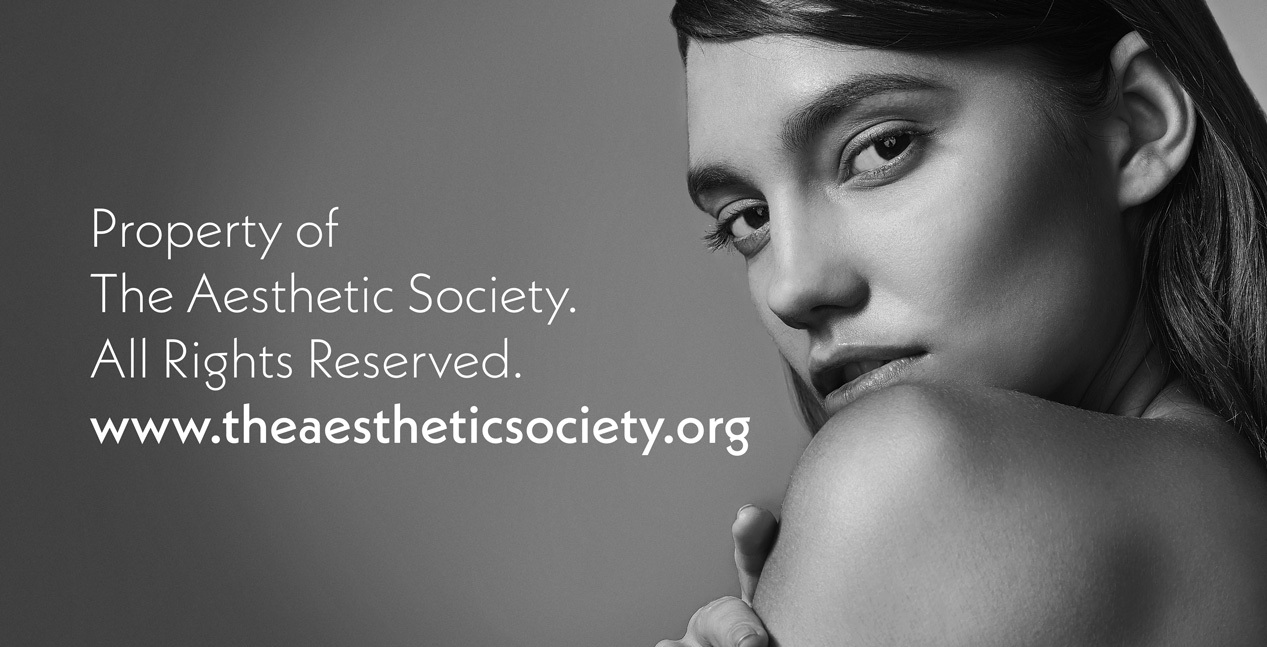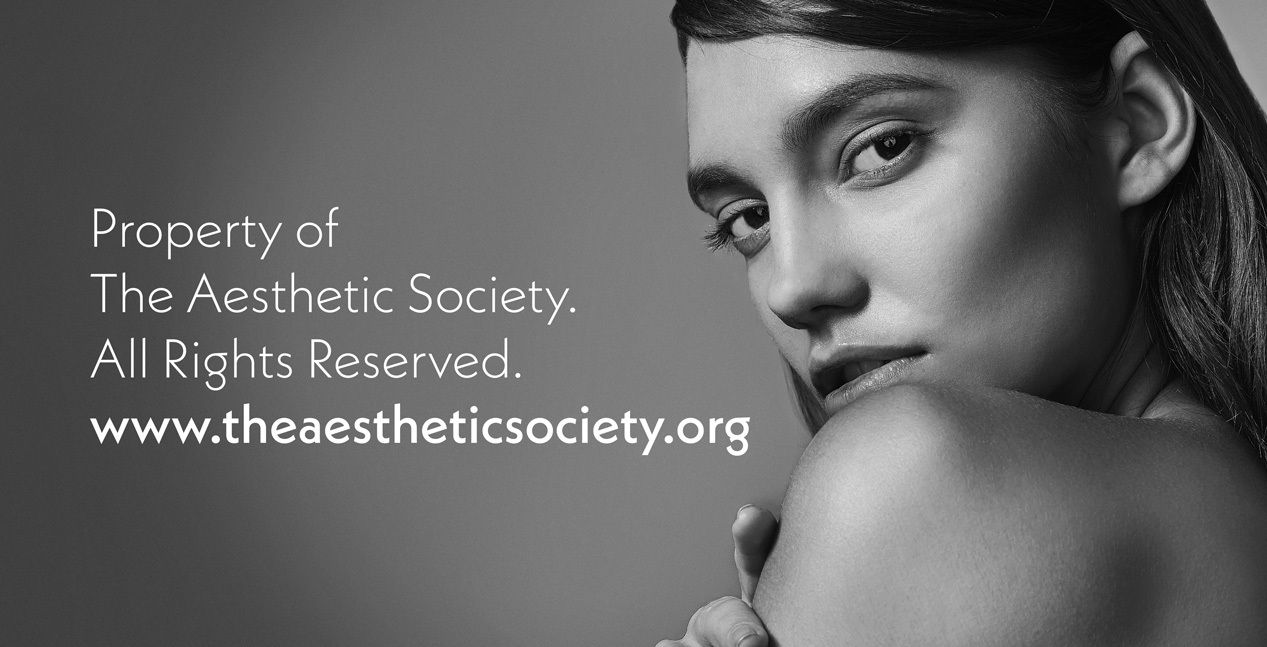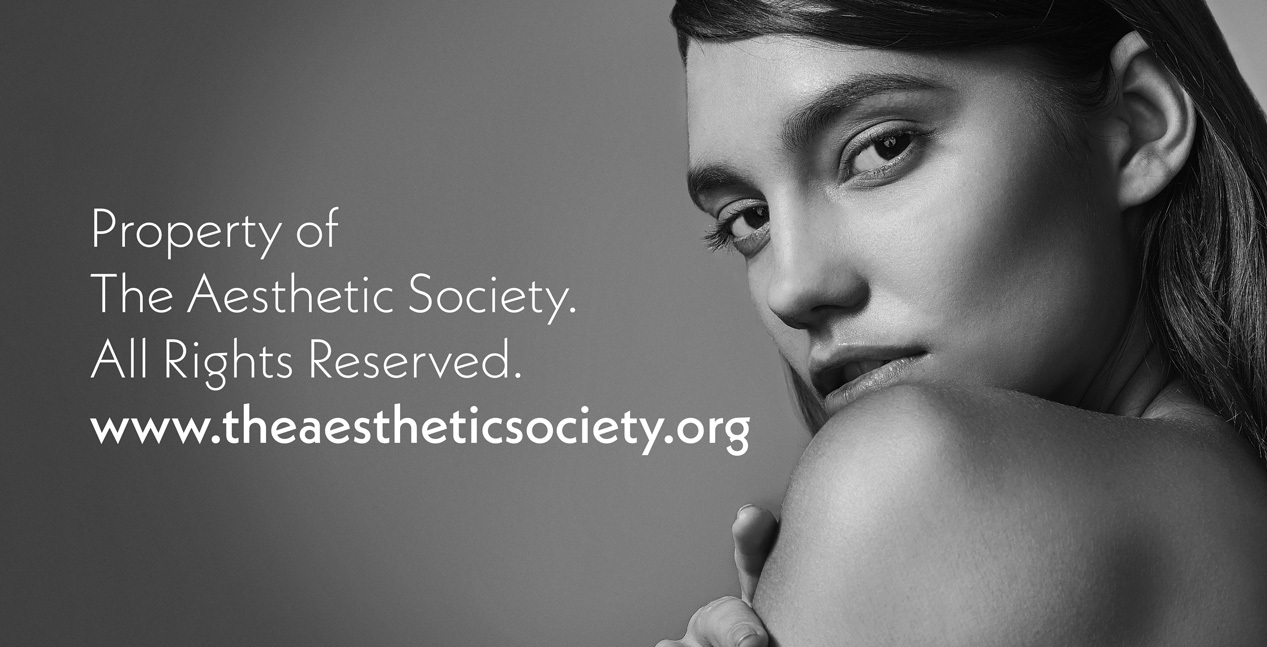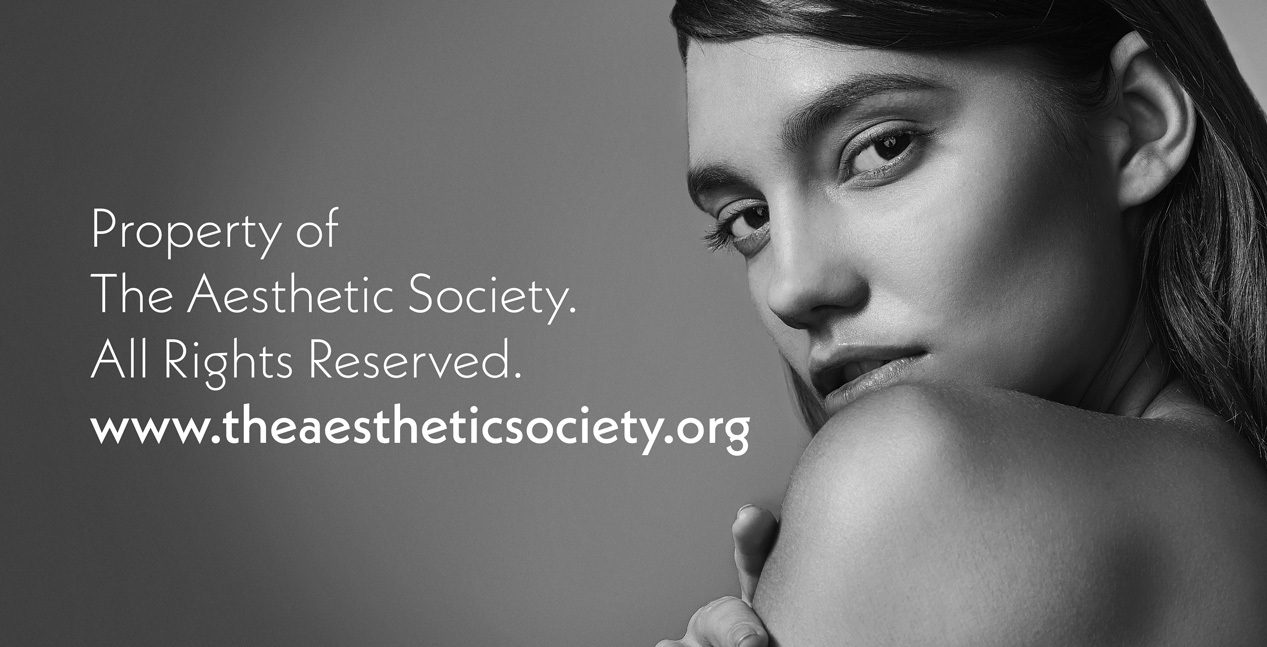Also known as chin implants or cheek implants
Facial implants are designed to augment, reconstruct, or rejuvenate your facial contours. They are available in a wide range of sizes and styles and restore contour and/or proportion to your face. Facial implants can be used to augment your chin and jaw, to provide the sculpted cheekbones that you desire, or to supplement the tear trough area.
These are the top three pros and cons to weigh when considering facial implants. If you want to focus on what is unique to you, please consult with your aesthetic plastic surgeon.
Are you a good candidate for facial implants?
The following are some common reasons why you may want to consider facial implants:
There are many alternatives that can alter the structure of your face. Along with facial implants, your aesthetic plastic surgeon might also discuss options such as fat grafting, bone repositioning, bone grafting and dermal grafting.
If you are in good general health, have a positive attitude and realistic expectations, you are most likely a good candidate for this procedure.

A

B
The procedure for placing facial implants follows a similar pattern for all facial areas.

A

B
Facial implants for chin, cheek, jaw, and tear trough are available in solid silicone rubber. Standard four mm commercial shells are suitable to produce natural augmentations in most patients. For a more subtle effect, some patients choose a three mm shell. For patients who desire a more dramatic effect, a five or six mm shell is used. Custom-designed implants can also be created, but are more time-consuming and expensive.
Incisions are made near where the implant will be placed:
During your initial consultation, you will have the opportunity to discuss your cosmetic goals. Your surgeon will evaluate you as a facial implant candidate and clarify what a facial implant can do for you. Your goals, medical condition, alternative treatments and additional procedures all need to be considered by you and your surgeon. (See related procedures.)
Patients with gum or dental problems will want to confer with their dentist or oral surgeon. It is imperative that a patient precisely describes for the surgeon the changes he or she hopes to achieve, so the proper implant and implant size is chosen. In addition to current patient photos (and views of the patient when younger), some surgeons require patients to provide examples from magazines or other sources of contour ideals they wish to emulate. A frank discussion between surgeon and patient must occur to determine whether it is possible to achieve the patient’s goals. Some surgeons may use computer simulation programs to show possible alterations and outcomes.
You should come to the consultation prepared to discuss your complete medical history. This will include information about:
Based on your goals, physical characteristics and the surgeon’s training and experience, your surgeon will share recommendations and information with you, including:
It is important for you to take an active role in your surgery, so please use this list of questions as a starting point for your initial consultation.
Your surgeon will provide thorough pre-operative instructions, answer any questions you may have, take a detailed medical history, and perform a physical exam to determine your fitness for surgery.
In advance of your procedure, your surgeon will ask you to:
Facial implants are usually performed on an outpatient basis. Be sure to arrange for someone to drive you home after surgery and to stay with you at least the first night following surgery.
What can I expect on the day of facial implants surgery?
Your facial implant surgery may be performed in an accredited hospital, free-standing ambulatory facility, or office-based surgical suite. Most facial implant procedures take at least thirty minutes to two hours to complete but may take longer.
You will probably be permitted to go home after a short observation period unless you and your plastic surgeon have made other plans for your immediate post-op recovery.
Short-term post-operative recovery options
Your surgeon will discuss how long it will be before you can return to your normal level of activity and work. After surgery, you and your caregiver will receive detailed instructions about your post-surgery care, including information about:
How will I look and feel immediately following facial implants?
You will experience post-operative bruising and swelling, with mild to moderate discomfort for a day or two. A cold compress can be applied to the operative site to reduce swelling, bruising and pain. You may be restricted to a liquid-only diet for one or two days. You will most likely be mobile the day of your surgery, but your activities will be restricted.
Recovery time frame after facial implants
It is vitally important that you follow all patient care instructions provided by your surgeon. This will include information about wearing compression garments, care of your drains if placed, taking an antibiotic if prescribed and the level and type of activity that is safe. Your surgeon will also provide detailed instructions about the normal symptoms you will experience and any potential signs of complications. It is important to realize that the amount of time it takes for recovery varies greatly among individuals.
The first two weeks
Week two to eight
Facial implants are essentially permanent. All implants can fracture as a result of normal activity or facial trauma. On occasion they can become infected. These problems after facial implant surgery are very uncommon. Most patients can expect a lifetime of improvement after facial implant surgery.
Maintain a relationship with your aesthetic plastic surgeon
For safety, as well as the most beautiful and healthy outcome, it’s important to return to your plastic surgeon’s office for follow-up evaluation at prescribed times and whenever you notice any changes in your facial implants. Do not hesitate to contact your surgeon when you have any questions or concerns.
The cost of facial implants varies from doctor to doctor and from one geographic area to another.
See the national average for physician fees per procedure.
These numbers only reflect the physician/surgeon fees last year and do not include fees for the surgical facility, anesthesia, medical tests, prescriptions, surgical garments or other miscellaneous costs related to surgery.
Because facial implants are an elective cosmetic surgery, insurance does not cover these costs. Many surgeons offer patient financing plans to make the procedure more affordable.
Choose your surgeon based on quality, training, and experience—not cost.
Fortunately, significant complications from facial implants are infrequent. Your specific risks for facial implants will be discussed during your consultation.
All surgical procedures have some degree of risk. Some of the potential complications of all surgeries are:
Other risks specific to facial implants are outlined below:
You can help minimize certain risks by following the advice and instructions of your board-certified plastic surgeon, both before and after your facial implant surgery.
Our Team of Doctors and Surgions are ready to answer your questions.

Blue Angel Poly Clinic
Address: 181a Al Wasl Rd Al Bada’a – Dubai
Tel: 04 2863663
Mob: 052 699 3843
Email: [email protected]
Created and hosted by Allmanet Group
Copyright © 2022. All rights reserved.
Sign up to receive updates, promotions, and sneak peaks of Swab Test.